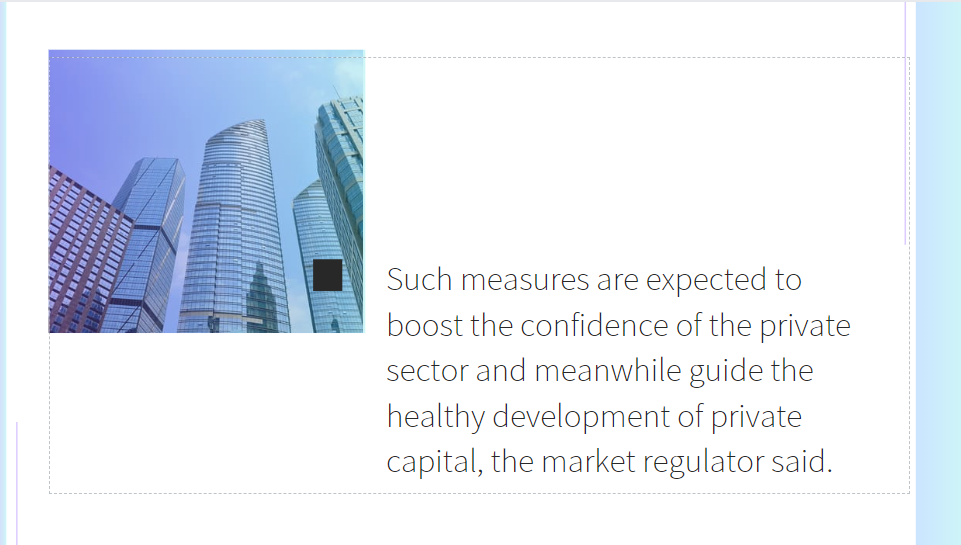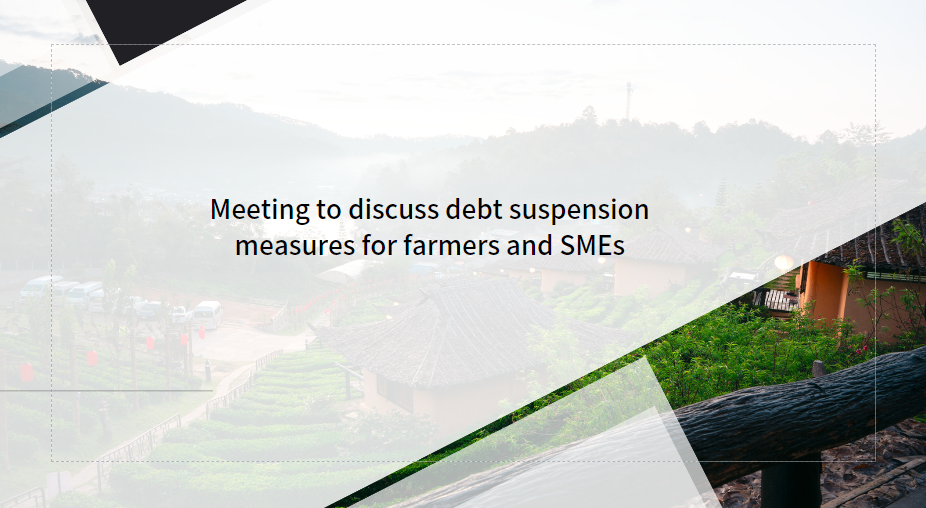Foreign Trade Statistics in Three Provinces
Beijing-Tianjin-Hebei region
The Beijing-Tianjin-Hebei region saw its foreign trade increase by 2.1 percent year on year to about 3.28 trillion yuan (about 457.28 billion U.S. dollars) in the first eight months of this year, according to Shijiazhuang Customs.
The region's foreign trade accounted for 12.1 percent of the country's total in this period.
From January to August, the region's imports reached about 2.43 trillion yuan, a year-on-year increase of 1.3 percent, while its exports amounted to nearly 856.17 billion yuan, up 4.2 percent year on year.
The region's trade with the European Union (EU), the United States, Australia, and Brazil increased in the first eight months of the year, up by 0.4 percent, 1.4 percent, 12.3 percent, and 33.9 percent, respectively.
During the period, mechanical and electrical products accounted for over half of the region's total export value. Meanwhile, exports of refined oil products saw continuous and significant growth, up 47.5 percent year on year.
In terms of imported commodities, crude oil imports secured first place in the first eight months of 2023, while high-tech products imports and agricultural products imports grew rapidly during the period.
Xinjiang
Northwest China's Xinjiang Uygur Autonomous Region saw an upsurge in its foreign trade during the January-August period, according to Urumqi customs.
The region's imports and exports surged by 51.2 percent year on year, reaching 219.19 billion yuan (around 30 billion U.S. dollars) in the first eight months.
Xinjiang has engaged in foreign trade with 170 countries and regions this year. Its foreign trade with five Central Asian countries grew by 59.1 percent year on year to 176.64 billion yuan, accounting for 80.6 percent of the regional total.
Labor-intensive, mechanical and electrical products remained Xinjiang's major export items during the period, while the export of new-energy products and solar cells rose significantly, according to customs.
In the first eight months, imports of both mineral and agricultural products rose sharply. The import of agricultural products reached 4.67 billion yuan, up 43.2 percent year on year.
Jiangsu
East China's economic powerhouse Jiangsu Province recorded a total import and export volume of 3.36 trillion yuan (about 460.9 billion U.S. dollars) from January to August, the customs of the capital city of Nanjing said Sunday.
This figure, including exports amounting to 2.16 trillion yuan and imports of 1.2 trillion yuan, accounted for 12.4 percent of China's total import and export volume during the same period.
Imports and exports of Jiangsu's private enterprises have continued to grow this year. During the first eight months of 2023, the import and export volume of private enterprises reached 1.47 trillion yuan, an increase of 3.3 percent compared to the same period last year.
During this period, Jiangsu's trade with the Middle East and Africa amounted to 158.62 billion yuan and 100.42 billion yuan, with year-on-year growth of 14.2 percent and 4.8 percent, respectively.
From January to August, Jiangsu's exports of electric passenger vehicles, lithium batteries, and solar panels totaled 137.52 billion yuan, and exports of mobile phones reached 86.28 billion yuan. These figures represented year-on-year growth of 20.4 percent and 22.6 percent, respectively.
Meanwhile, the value of the province's imported agricultural products grew to 118.33 billion yuan, marking a year-on-year increase of 11.9 percent. Among these imports, soybeans accounted for 67.21 billion yuan, with a year-on-year growth of 16.7 percent.






















































First, please LoginComment After ~